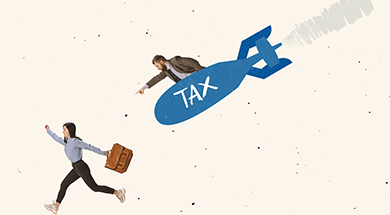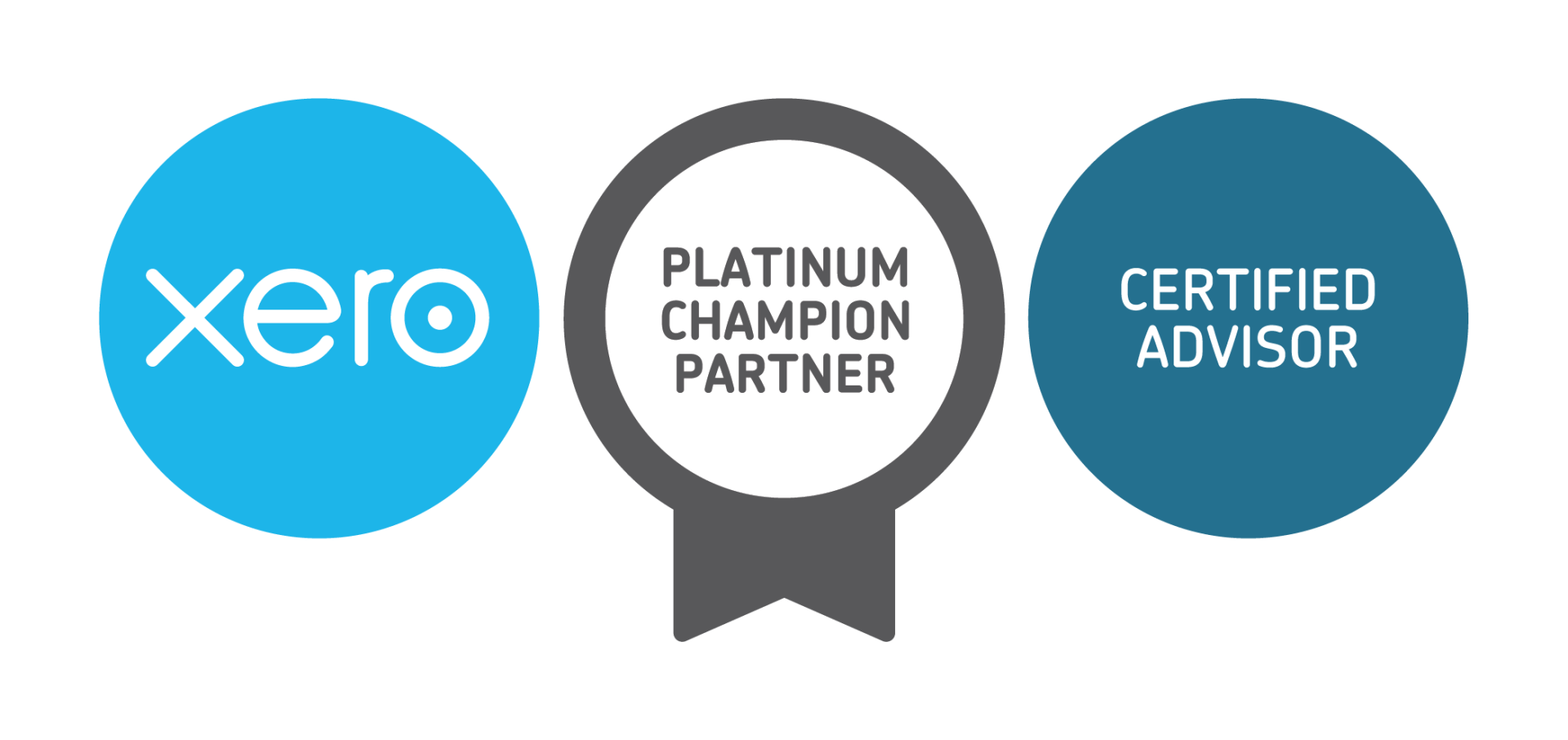Following the recent second wave of lockdowns in Victoria, the Government has announced the extension of JobKeeper from the original end date of 27 September 2020, until 28 March 2021 .
Businesses must be eligible for JobKeeper 1.0 in order to receive payments after 27 September 2020.
NO BACK-DATING OF ENROLMENT: To claim JobKeeper for a particular month, you must be enrolled in the program before the end of that month and declare business turnover by the 14th of the following month.
1. THE PAYMENT AMOUNT
The payment for eligible employees is being reduced for the extension period – as outlined below:
| Fortnightly Payment | ||
| (working >20 hours) | (working <20 hours) | |
| Original JobKeeper
Until 27 Sep 2020 |
$1,500 | $1,500 |
| Extension period 1
28 Sep 2020 - 3 Jan 2021 |
$1,200 | $750 |
| Extension period 2
4 Jan 2021 - 28 Mar 2021 |
$1,000 | $650 |
2. DECLINE IN TURNOVER FOR ELIGIBILITY
The reduction in turnover amount test has remained the same as the initial JobKeeper eligibility, being:
- 30% reduction of turnover (so long as your turnover is less than 1 billion); or
- 15% reduction of turnover if you are a registered charity.
However, the new change is that employers will need to meet the minimum decline in percentage of their turnover in each quarter. The quarterly periods are:
- April – June;
- July – September; and
- October – December.

LEGAL
Liability limited by a scheme approved under Professional Standards Legislation.
Investngro Pty Ltd ABN 53 113 102 695 trading as Murray Nankivell Financial Planning, is an authorised representative of Count Financial Limited ABN 19 001 974 625 holder of Australian financial services licence number 227232 (“Count”). Count is owned by Count Limited ABN 111 26 990 832 of GPO Box 1453, Sydney NSW 2001. Count Limited is listed on the Australian Stock Exchange. Any taxation and accounting services are provided by Murray Nankivell and are not within the authority Count. The information on this web site is not financial product advice and is provided for information only.






